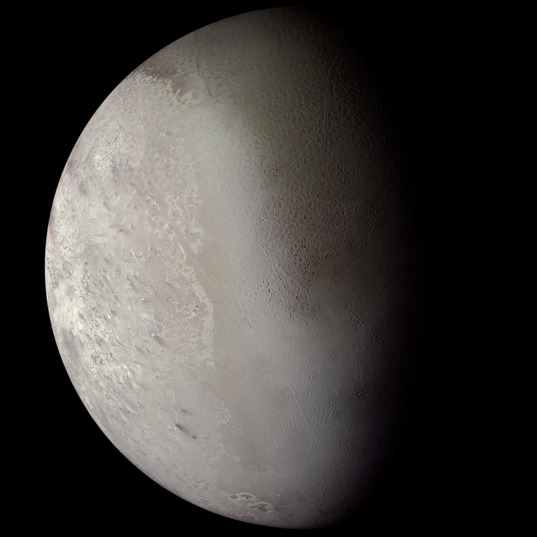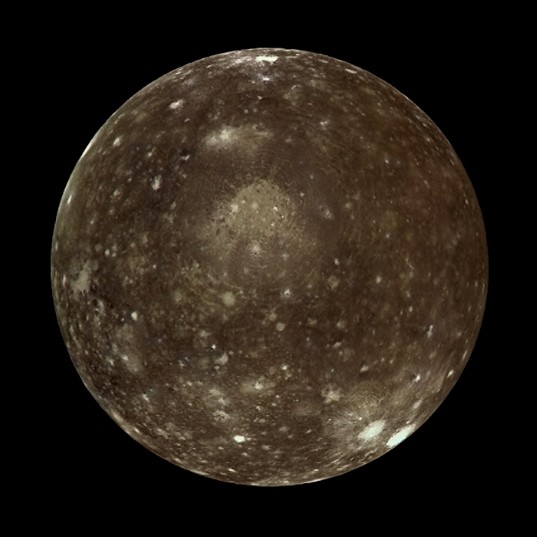ScienceRocks
Democrat all the way!
- Thread starter
- Banned
- #721
Dark Matter Might Not Be As Dark As We Thought
Dark Matter Might Not Be As Dark As We Thought IFLScience
Dark Matter Might Not Be As Dark As We Thought IFLScience
Signs have emerged of dark matter interacting with a force other than gravity. Since the most popular explanation for dark matter is of particles that interact only weakly, if at all, with forces other than gravity, the discovery could either refine our understanding of these interactions or force a complete rethink.
The conclusion comes from the observation of anomalous behavior in a galactic demolition derby zone 1.3 billion light-years away where four galaxies are smashing into each other.
Durham University's Dr. Richard Massey reports in The Monthly Notices of the Royal Astronomical Society that the cluster of galaxies known as Abell 3827 is positioned so that it acts as a gravitational lens for more distant objects. This gave Massey and a team from 15 other institutions the chance to map the distribution of matter though the cluster – the more heavily clumped the matter, the more it will bend distant light.














